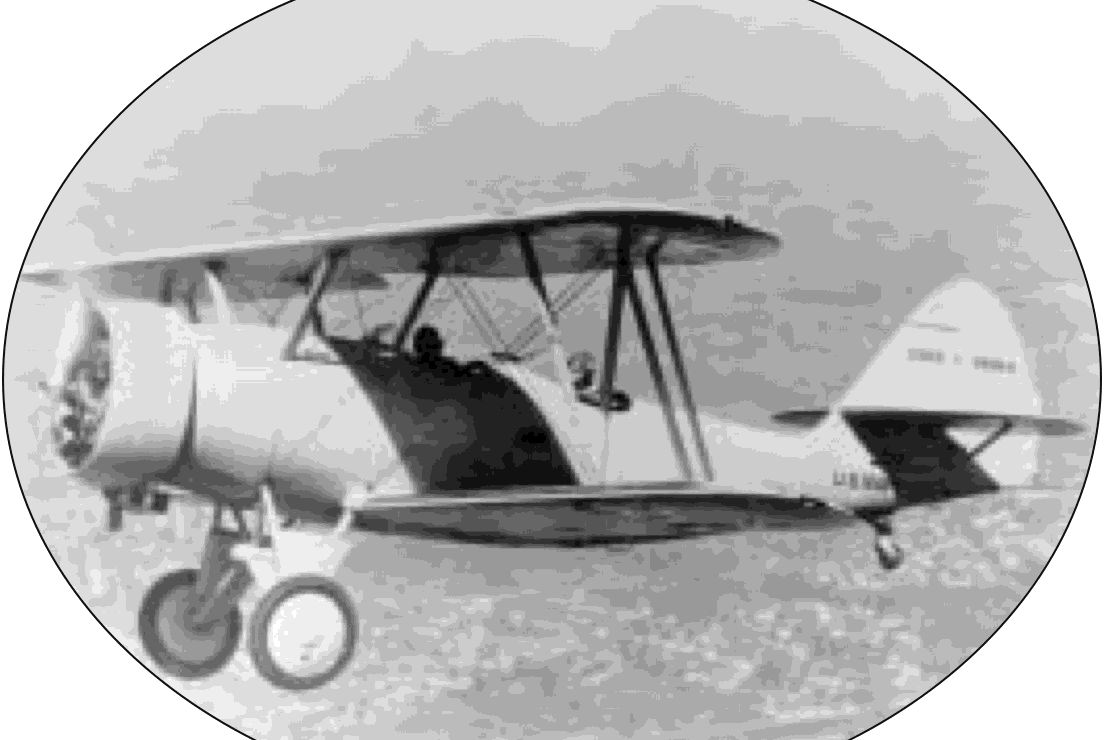
1935-Contin ued
cal examinations and work on hygienic and physiolog-
ical aspects of research and development projects.
This was the first assignment of a Flight Surgeon to the
Naval Aircraft Factory other than as part of a specific
project.
14 January
Squadrons assigned to
Ranger
made the
first of a series of cross-country flights from Norfolk,
Va., to Hartford, Conn., and Buffalo, NY, to test the
functioning of carrier aircraft, special equipment, and
flight clothing under the exacting conditions to be
encountered in cold weather. When the tests were com-
pleted on 2 February, the lessons learned were used in
preparing for tests aboard
Ranger
the next winter.
22 January
The Federal Aviation Commission,
appointed by the president as provided in the Air Mail
Act of 12 June 1934, submitted its report which in
essence set forth a broad policy covering all phases of
aviation and the relation of the government thereto. A
major share of its recommendations referred to com-
mercial and civil aviation and in general stressed the
needs for a strong air transport, for expanding airport
facilities, for improving provisions for aviation in gov-
ernment organization, and for supporting the welfare
of the aviation industry, particularly through the estab-
lishment of more realistic procurement practices and
policy. For military aviation, the commission recom-
mended: continued study of air organization toward
more effective employment of aviation and closer
interservice relationships, expansion of experimental
and development work and its close coordination
through the NACA, expansion of the Reserve organiza-
tions and larger appropriations to support them, and a
modification of personnel policies to permit assign-
ment of officers with special engineering ability and
industrial experience to continuous duty related to
their specialty.
9 February
The XN3N-I, prototype of the Yellow
Peril primary trainer, was ordered from the Naval
Aircraft Factory.
12 February
After encountering a severe gust of
wind which caused a structural failure, the rigid air-
ship
Macon
(ZRS-5) crashed off Point Sur, Calif., with
two fatalities.
12 March
The Navy issued a contract to Pitcairn
Autogiro Company to remove the fixed wings from
the XOP-l, thereby converting it to the XOP-2 which
thus became the Navy's first heavier-than-air aircraft
without fixed wings.
UNITED STATES NAVAL AVIATION
1910-1995
89
15 April
Passage of the Aviation Cadet Act created
the grade of Aviation Cadet in the Naval and Marine
Corps Reserves. The act set up a new program for
pilot training in which otherwise qualified college
graduates between the ages of 18 and 28 would be
eligible for one year of flight instruction, benefits of
pay, uniform gratuities and insurance; and would,
after serving three additional years on active duty, be
commissioned as Ensigns or Second Lieutenants, be
paid a bonus of $1,500, and be returned to inactive
duty as members of the Reserves.
1 May
A new pilot training syllabus was issued
requiring completion of about 300 hours of flight
instruction and 465 hours of ground school in a total
time of one year. The new course made no differentia-
tion between student Naval Aviators and Student
Aviation Pilots, but specified an additional 90 hours of
indoctrination courses for members of the Reserve.
5 June
The designation of specially qualified offi-
cers for the performance of aeronautical engineering
duty only (AEDO) was authorized by an act of
Congress. The appointment of a board in September
to select the first officers for this AEDO designation
and the subsequent approval of its report by the
Secretary brought about the assignment of 11 officers
of the line and 33 from the Construction Corps to this
new specialist category.
20 July
The first class of Aviation Cadets to report
for flight training convened at NAS Pensacola, Fla.
First of the group to become a Naval Aviator was
Elliott M. West who was designated on 12 June 1936
and assigned number 4,854.
XN3N, Yellow Peril, training plane built at NAF 1061654
 |
13 |
 |